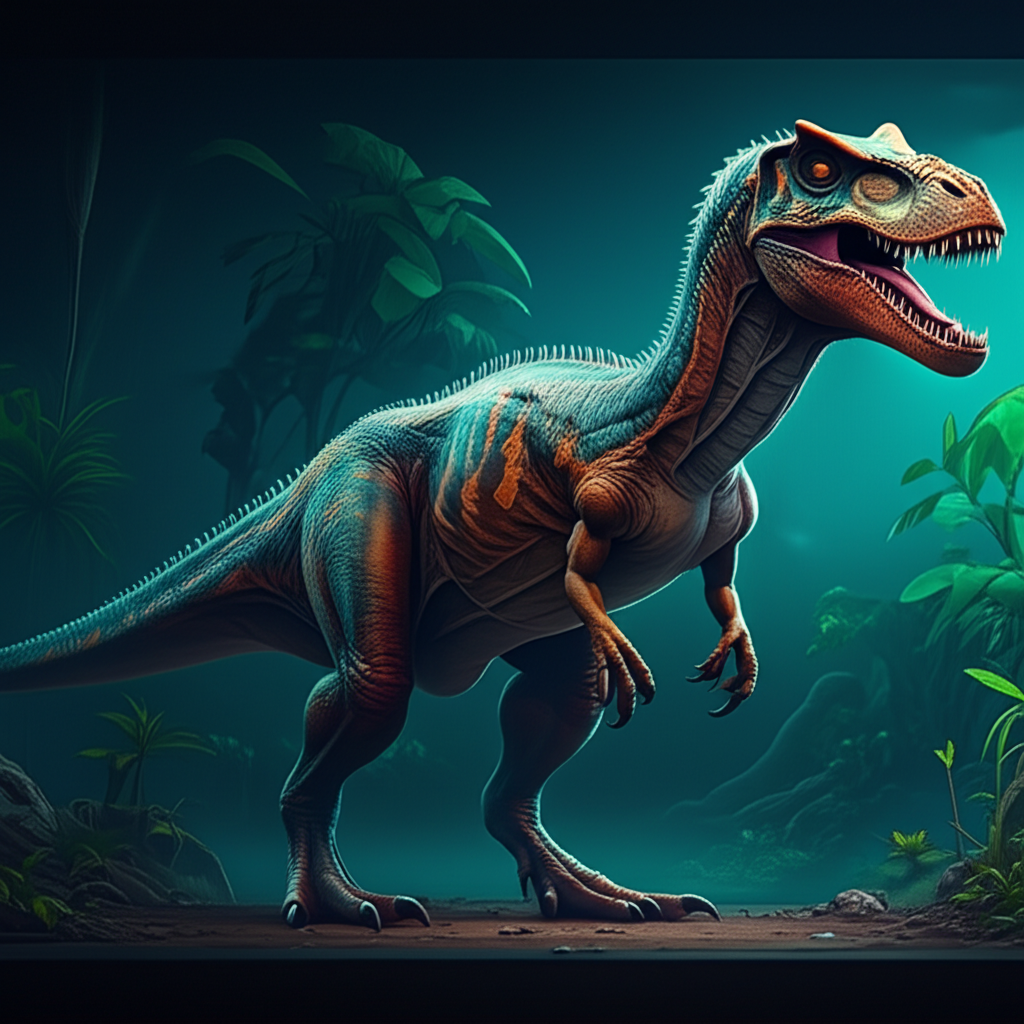The Ultimate Gender Reveal: New Research Helps Identify Male and Female Dinosaurs
A groundbreaking study is pushing the boundaries of what we know about dinosaur biology and behavior.

Image source: Unsplash (Photo by Mehebub Alam on Unsplash)
🔬 The Long-Standing Mystery of Dinosaur Sexing
For generations, paleontologists have faced a formidable challenge: how to tell if a fossilized dinosaur was male or female. Unlike many modern animals, dinosaurs rarely left behind obvious skeletal clues like elaborate antlers, specific pelvic structures, or crests that clearly indicated sex in *all* species. This absence of clear sexual dimorphism in the fossil record has made understanding dinosaur social structures, mating behaviors, and even evolutionary patterns incredibly difficult.
Imagine trying to understand human society without knowing who was male or female – the task is similarly complex when studying extinct giants. This limitation has hindered our ability to piece together a comprehensive picture of dinosaur biology. However, a glimmer of hope has emerged with new scientific research.

Image source: Unsplash (Photo by Mehebub Alam on Unsplash)
🔍 A Breakthrough in Paleontology
The latest findings indicate that scientists may be significantly closer to identifying the sex of individuals within at least one specific group of dinosaurs. While the full details of the research are extensive, the core of the breakthrough lies in identifying subtle yet consistent skeletal differences that correlate with sex. This could involve variations in bone robusticity, muscle attachment sites, or even the structure of particular bones that played a role in reproduction or display.
This isn't just about curiosity; it's about gaining a deeper understanding of dinosaur behavior. Knowing the sex of a specimen could help us deduce:
- Social Structures: Were certain species solitary, pair-bonding, or herd animals with complex hierarchies based on sex?
- Mating Rituals: Did males display elaborate features to attract females, or vice-versa? What was the competitive landscape like?
- Parental Care: Who cared for the young? Was it shared, or did one sex bear the primary responsibility?
- Dietary Differences: Did males and females have slightly different diets, leading to variations in skull or jaw structures?
This research marks a significant step forward in paleontological methodology, moving beyond mere size differences to identify more nuanced sexual characteristics.

Image source: Unsplash (Photo by Mehebub Alam on Unsplash)
🌍 The Broader Impact on Evolutionary Biology
The ability to accurately sex dinosaur fossils doesn't just change our perception of individual species; it has profound implications for the entire field of evolutionary biology. By understanding the prevalence and nature of sexual dimorphism across different dinosaur lineages, scientists can better reconstruct the evolutionary pressures that shaped these creatures.
This new framework could help us understand how reproductive strategies evolved in the Mesozoic Era, offering parallels or contrasts with modern fauna. It could even shed light on why certain dinosaur groups thrived while others perished, linking sexual selection and reproductive success to survival over millions of years.
🚀 What's Next for Dinosaur Research?
This initial breakthrough is likely just the beginning. The methods developed for this particular group of dinosaurs could potentially be adapted and applied to other species, gradually unraveling the sexual mysteries of the entire dinosaur kingdom. Future studies will undoubtedly aim to:
- Refine Techniques: Develop even more precise and less invasive methods for sexing fossils.
- Expand Scope: Apply these findings to a wider array of dinosaur species and groups.
- Integrate Data: Combine skeletal evidence with other forms of data, such as trace fossils or paleoenvironmental reconstructions, for a holistic view.
Join the conversation!
What do you think these new findings could reveal about dinosaur lives? Share your thoughts in the comments below!





